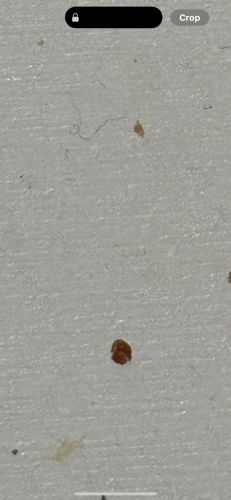Bed Bug
Scientific Name: Cimex lectularius
Order & Family: Hemiptera (order), Cimicidae (family)
Size: Adults are typically 4-5 mm (0.16-0.20 inches) long, roughly the size of an apple seed. Nymphs are smaller, ranging from 1.5 mm (0.06 inches) to adult size.

Natural Habitat
Commonly found in human dwellings, particularly in bedrooms, hiding in mattresses, box springs, bed frames, headboards, and other furniture. They can also infest cracks in walls, electrical outlets, and behind picture frames.
Diet & Feeding
Strictly hematophagous, meaning they feed exclusively on blood, primarily from humans. They also feed on other mammals and birds if human hosts are unavailable.
Behavior Patterns
Bed bugs are primarily nocturnal, feeding on humans (and other mammals or birds) while they sleep. They are attracted to warmth and carbon dioxide. They hide in cracks and crevices near their hosts during the day, such as mattress seams, bed frames, furniture, behind wallpaper, or in wall voids. They have a flattened body shape, which allows them to hide in very narrow spaces. They undergo incomplete metamorphosis, with nymphs molting five times before reaching adulthood, each stage requiring a blood meal.
Risks & Benefits
Potential risks include itchy red welts from bites, skin irritation, and allergic reactions. While they are not known to transmit diseases, heavy infestations can lead to sleep deprivation, stress, and secondary skin infections from scratching. There are no known benefits to humans or the ecosystem provided by bed bugs.
Identified on: 9/4/2025